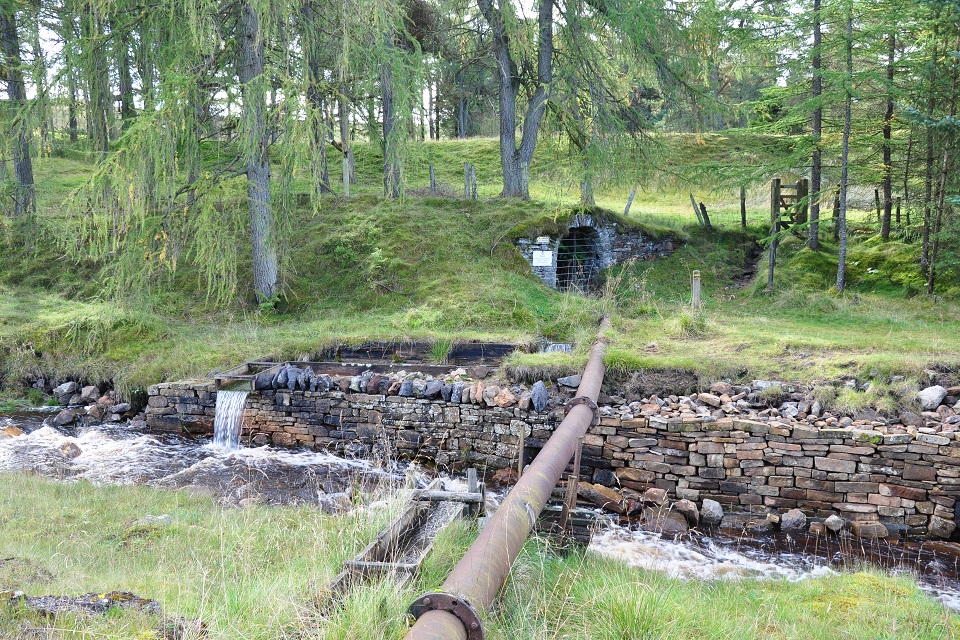Caplecleugh mine water treatment scheme: reducing pollution from historical metal mining
Background and project information about how the Coal Authority and Environment Agency plan to reduce pollution from historical metal mining in the North Pennines.
Applies to England
Documents
Details
Caplecleugh mine water treatment scheme project is part of the Water and Abandoned Metal Mines programme that aims to tackle water pollution caused by historical metal mining.
Monitoring by the Environment Agency shows that the River Nent is the second most metal polluted river in England.
This pollution by cadmium, lead and zinc comes from several different sources and the effects on water and sediment quality, and aquatic life can be seen for 60km along the River South Tyne and in the Tyne Estuary.
One of the most significant sources of pollution is the Caplecleugh Level, an abandoned mine water drainage tunnel or adit.

The Caplecleugh Level